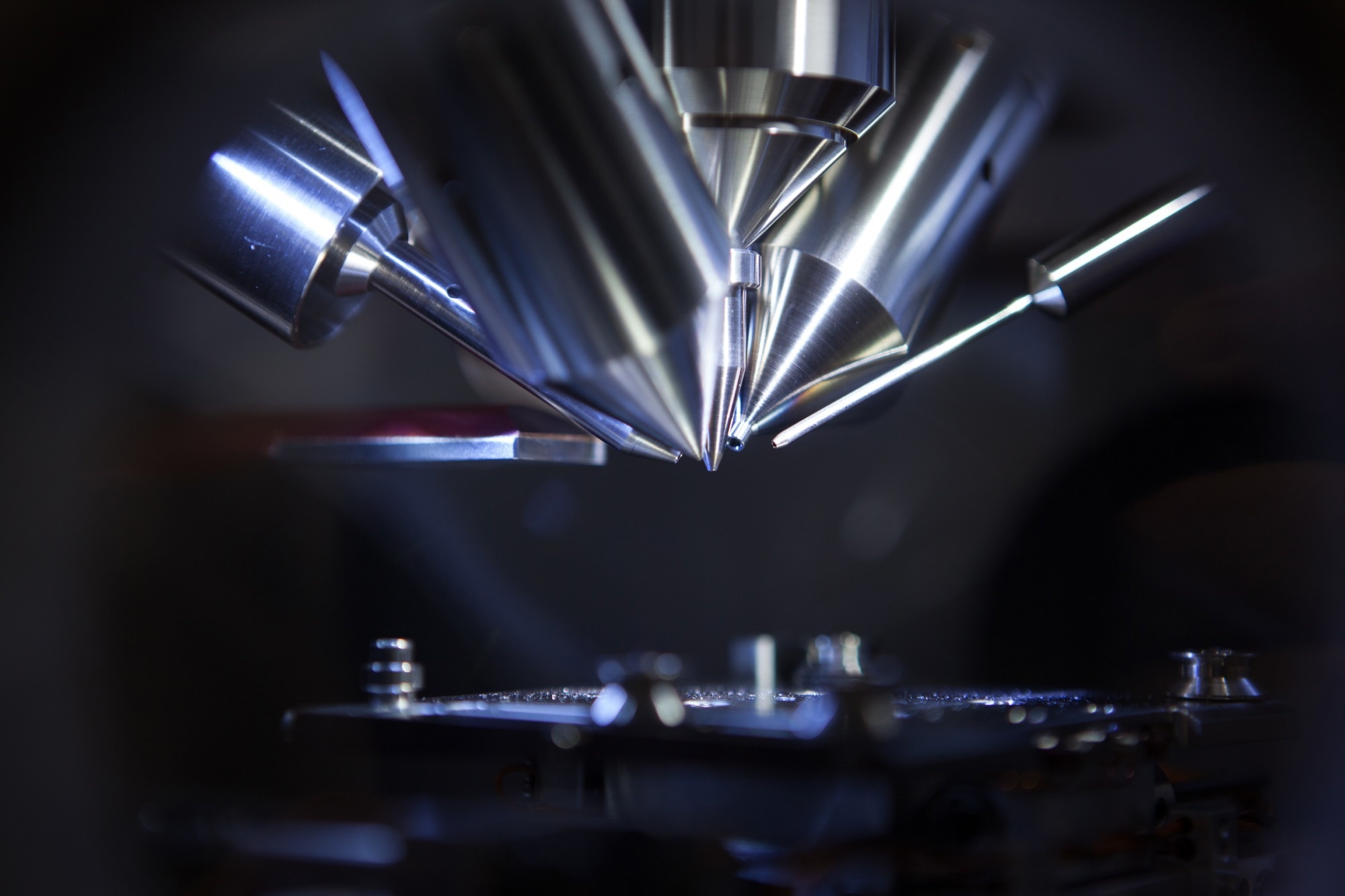By fusing deep learning with optical multiplexing, scientists have created a revolutionary imaging system that captures high-speed 3D motion far beyond conventional hardware limits, unlocking new opportunities to study ultrafast physical phenomena.

Research: Dual-frequency angular-multiplexed fringe projection profilometry with deep learning: breaking hardware limits for ultra-high-speed 3D imaging. Image Credit: Intothelight Photography / Shutterstock
Frequency Division Multiplexing (FDM, a traditional information multiplexing method in communication systems, provides a viable way around this restriction. Professor Takeda added FDM to FPP as early as 1997, which allowed for the simultaneous phase demodulation and unwrapping of two fringe patterns with distinct frequencies superimposed on a single image. Similar to this, researchers were able to perform multi-temporal holographic reconstruction from a single multiplexed image by superimposing holograms taken at various times within a single exposure in off-axis digital holography.
Challenges of Frequency Division Multiplexing
Yet this multiplexing comes at a cost. "Think of it like trying to listen to several conversations at once on different radio frequencies—unless you can tune in precisely, everything becomes noise," explained Prof. Zuo. The resulting frequency domain becomes highly complex, and the filtering and inversion steps in the Fourier domain become ill-conditioned. Signal recovery suffers from spectral overlap, leakage, and crosstalk, leading to significant degradation in reconstruction accuracy, resolution, and robustness—far from meeting the demands of practical applications.
Introducing DFAMFPP
In response to these challenges, researchers from Nanjing University of Science and Technology (NJUST), led by Professors Qian Chen and Chao Zuo, collaborated with Professors Malgorzata Kujawinska and Maciej Trusiak from Warsaw University of Technology. Together, they developed a novel deep learning-enabled 3D imaging method: Dual-Frequency Angular-Multiplexed Fringe Projection Profilometry (DFAMFPP). Leveraging the high temporal resolution of digital micromirror devices (DMD), DFAMFPP projects multiple sets of dual-frequency fringe patterns within a single camera exposure period, encoding multiple moments of 3D information into a single multiplexed image.
"Imagine condensing a full video into a single photograph, and then teaching an AI to unfold it frame by frame," said Prof. Zuo. "That's exactly what DFAMFPP does with physics and neural networks working hand in hand."
How the System Works
A novel two-stage deep neural network, designed with number-theoretical principles, then demultiplexes multiple high-precision absolute phase maps from this single image. As a result, DFAMFPP achieves high-speed, high-precision absolute 3D surface measurements at speeds 16 times faster than the sensor's native frame rate.
The researchers validated their method by dynamically measuring a high-speed turbofan engine prototype rotating at approximately 9600 RPM. Remarkably, using only a 625 Hz standard industrial camera, they successfully achieved 10,000 Hz 3D imaging, capturing fine structural details of the rapidly spinning blades. "Even though the blades were barely visible in the raw image due to motion blur," noted Prof. Zuo, "our system successfully reconstructed their full 3D shape by unlocking the high-frequency cues hidden in the data."
Future Applications
By combining deep learning and computational imaging, DFAMFPP utilizes frequency-domain multiplexing to reconstruct multiple 3D frames from a single exposure without sacrificing spatial resolution. This breakthrough overcomes the longstanding frame-rate limitation of imaging sensors, opening new possibilities for studying high-speed dynamic processes using low-frame-rate devices. In the future, DFAMFPP may be integrated with streak imaging, compressed ultrafast photography, and other advanced methods to achieve 3D imaging at rates exceeding one million frames per second. This would enable unprecedented visualization of ultra-fast phenomena such as shockwave propagation and laser–plasma interactions, offering transformative tools for frontier scientific exploration.
Publication
This work, titled "Dual-Frequency Angular-Multiplexed Fringe Projection Profilometry with Deep Learning: Breaking Hardware Limits for Ultra-High-Speed 3D Imaging", has been published in the 2025 (8) issue of Opto-Electronic Advances.
Source:
Journal reference:
- Chen, W., Liu, Y., Feng, S., Yin, W., Qian, J., Li, Y., Zhang, H., Trusiak, M., Kujawinska, M., Chen, Q., & Zuo, C. (2025). Dual-frequency angular-multiplexed fringe projection profilometry with deep learning: breaking hardware limits for ultra-high-speed 3D imaging. Opto-Electronic Advances, 8(9), 250021. DOI: 10.29026/oea.2025.250021, https://www.oejournal.org/oea/cn/article/doi/10.29026/oea.2025.250021